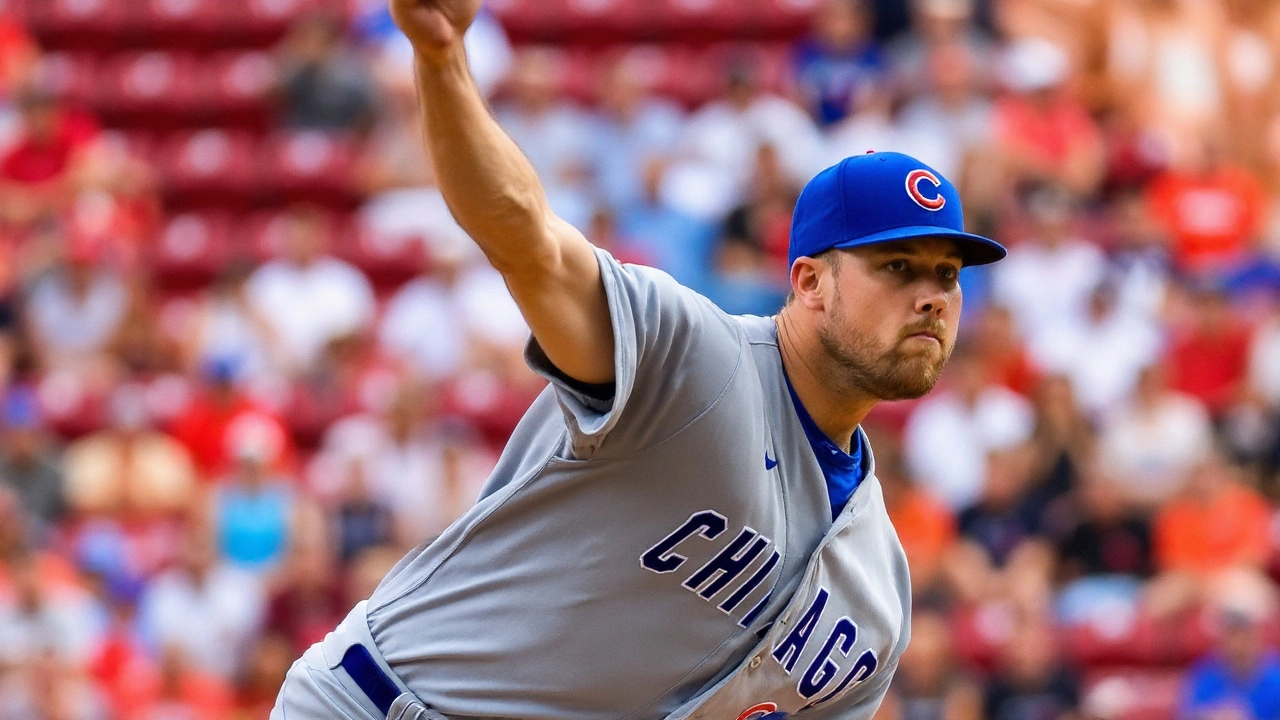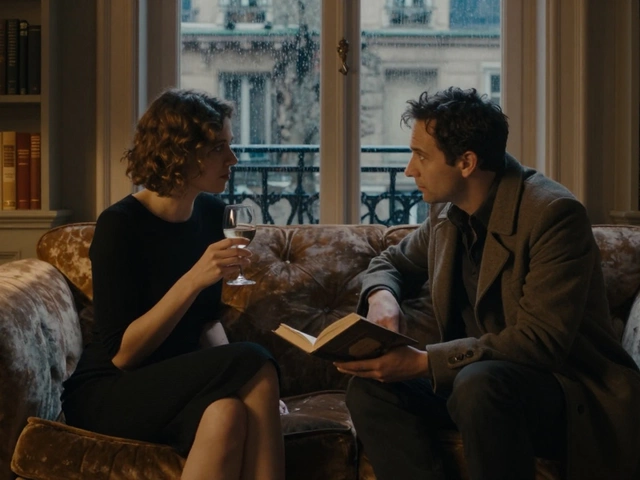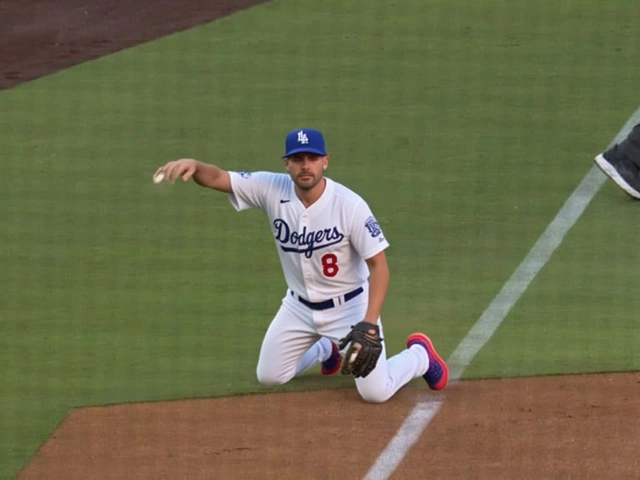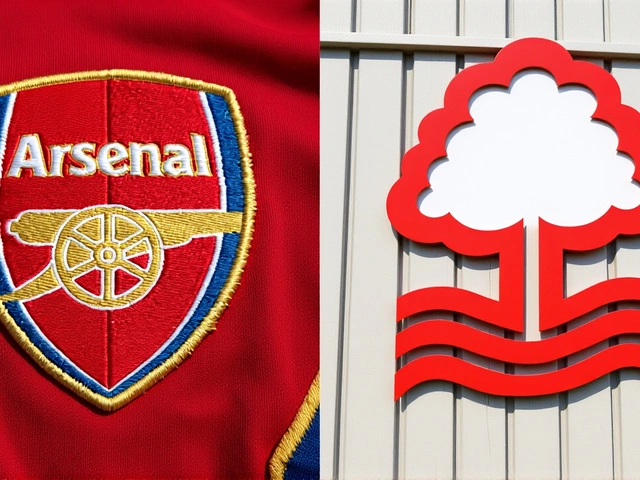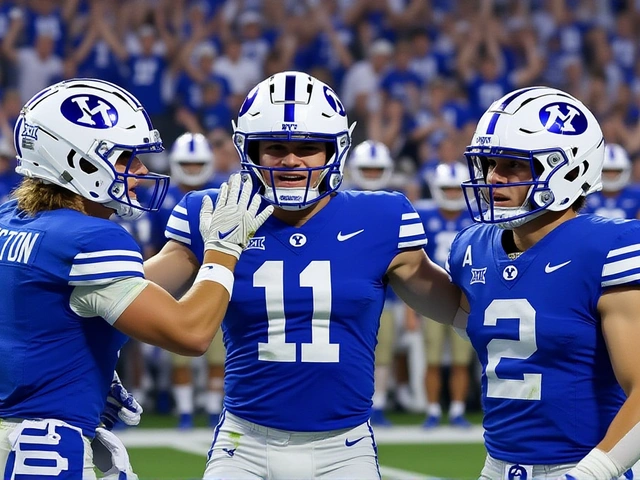Game Overview
When the clouds finally cleared at Wrigley Field on Sunday, September 21, 2025, the atmosphere was tense. The Cubs, hovering just above the .500 mark, knew a win was needed to stay within striking distance of the final NL wild‑card berth. The Reds, meanwhile, were clawing their way back from a season‑long slump and had already surprised the league by stringing together a five‑game winning streak.
The matchup was delayed by an hour and eleven minutes due to rain, but once play began it unfolded as a classic pitcher’s duel. Chicago’s ace Jameson Taillon (10‑7) took the ball and delivered a masterful seven‑inning performance, limiting Cincinnati to five hits, no walks, and striking out four. Taillon’s control was evident—each pitch seemed measured, each out a small victory. Yet the lone run that decided the game slipped through a perfectly timed double.
In the third inning, Matt McLain raced to first on a leadoff single, then doubled down the line to bring the runner home. The run was credited to Gavin Lux, who hammered a two‑out double to right field, knotting the score at 1‑0. Lux’s hit would become the Cubs Reds wild card talking point for days to come, as it was the only run that crossed the plate.
For the Reds, Andrew Abbott (5‑5) struggled to find rhythm, yielding five hits in just 4⅔ innings before the bullpen took over. Reliever Nick Martinez (11‑13) tossed 2⅓ shutout frames, and Graham Ashcraft was nearly flawless in the eighth, surrendering just one hit. Tony Santillan closed the deal, fanning Pete Crow‑Armstrong with runners on first and second to seal his seventh save of the season.
Chicago’s offense, which had generated momentum earlier in the season, sputtered. The Cubs logged six hits total. Nico Hoerner went 0‑4, Ian Happ managed a single in four trips, and Seiya Suzuki was limited to one hit in four at‑bats. The most glaring missed opportunity came in the third inning, where the Cubs had runners on first and second with nobody out, only to watch Abbott strike out the next three hitters. A similar scenario unfolded in the fourth, with first and third and one out, yet the Reds held firm.

Wild Card Implications and Future Outlook
This loss nudged the Cubs to 88‑69, placing them a game behind the Reds (80‑77) and the New York Mets, who sit at the same record. The Reds’ victory not only tied them with the Mets for the final wild‑card spot but also marked the second 1‑0 win in the four‑game series, the first coming courtesy of Hunter Greene’s complete‑game shutout on Thursday.
The broader playoff picture has shifted dramatically in the past two weeks. After a September 5 loss to the Mets that dropped Cincinnati six games back, the Reds have gone 10‑5, while the Mets stumbled, losing 11 of their last 15 games. A recent Mets loss to the Nationals helped the Reds catch up, making each remaining game feel like a must‑win.
Looking ahead, the Cubs will try to rebound on Tuesday with right‑hander Cade Horton (11‑4, 2.66 ERA) slated to start the series opener against the Mets. If Chicago can crack the Mets’ bullpen, they could claw back into contention. On the other side, the Reds will send Brady Singer (14‑10, 3.86 ERA) to the mound against the Pirates, hoping his veteran poise can keep the momentum alive.
For both clubs, the next ten games will be a grueling test of depth, resilience, and how well their starters can eat innings. The Cubs’ offense, which has been a liability against elite pitching this month, must find a way to manufacture runs against a Reds bullpen that has proven merciless in tight games. Conversely, Cincinnati’s bullpen, now boasting a 5‑0 run‑prevention record over its last five appearances, will look to continue that streak as they fight for the final wild‑card ticket.
In the end, Sunday’s 1‑0 result was a microcosm of the late‑season drama that defines baseball’s playoff chase: brilliant pitching, an unforgiving defense, and a single swing that can alter a franchise’s destiny.
